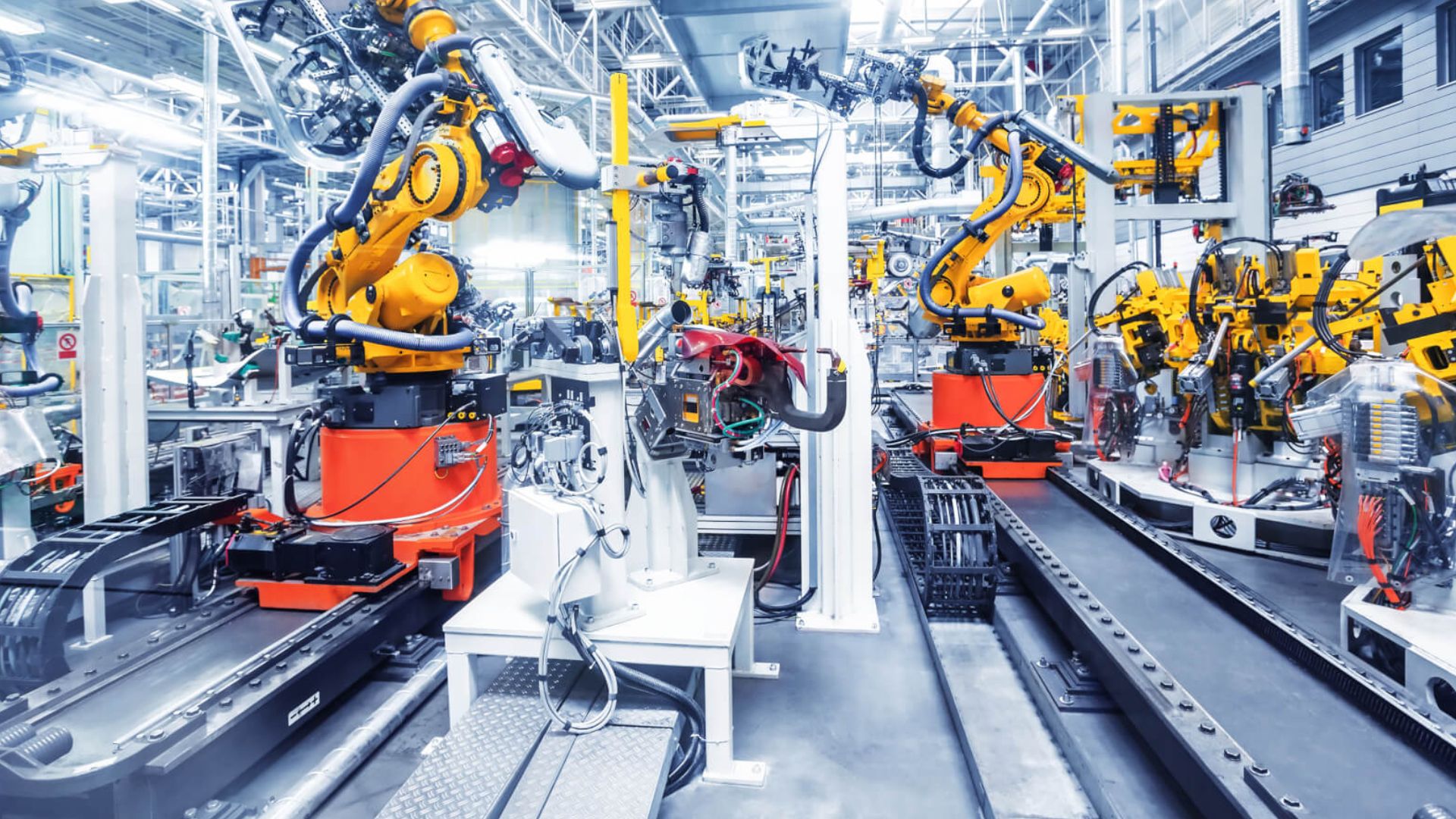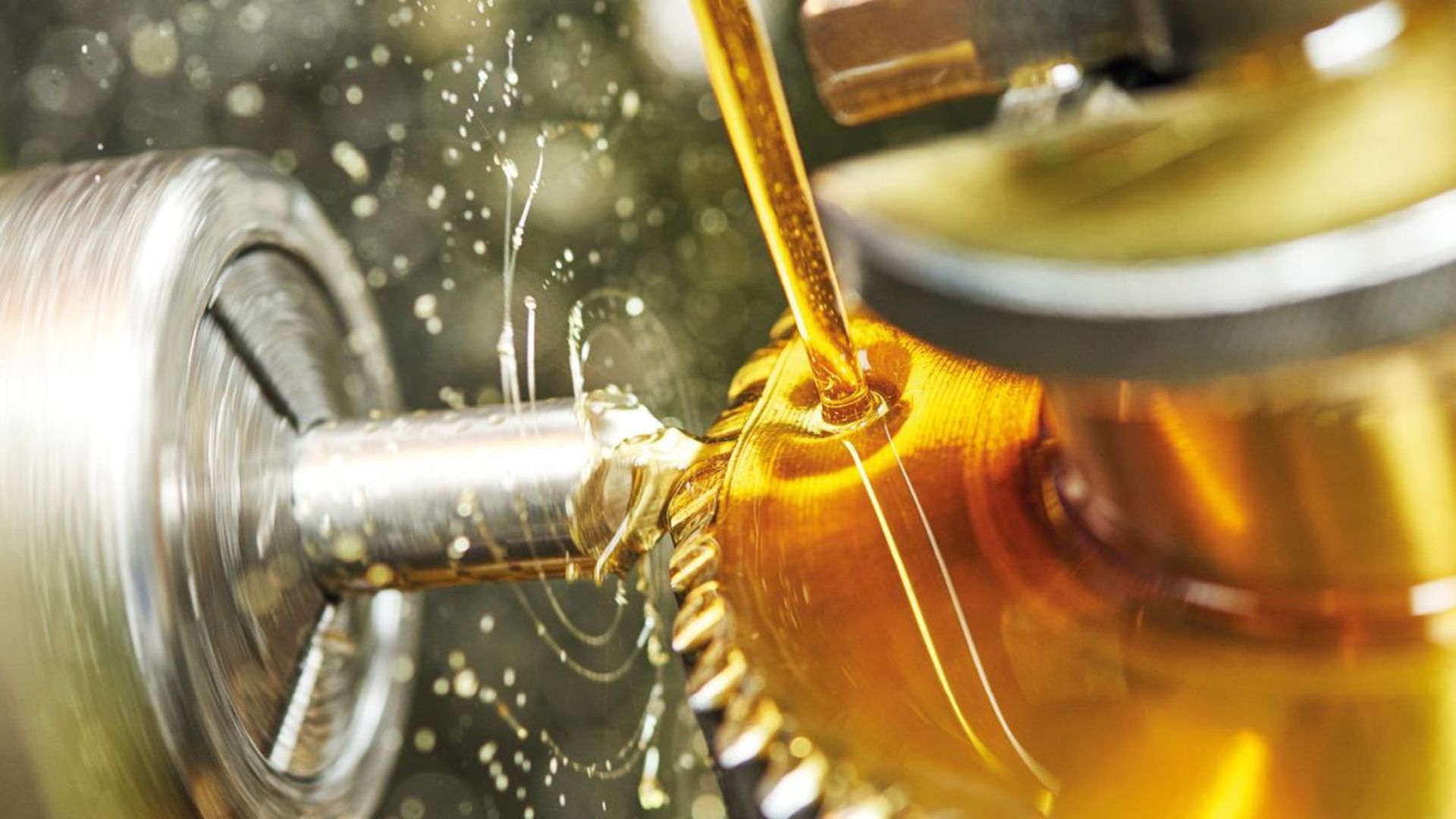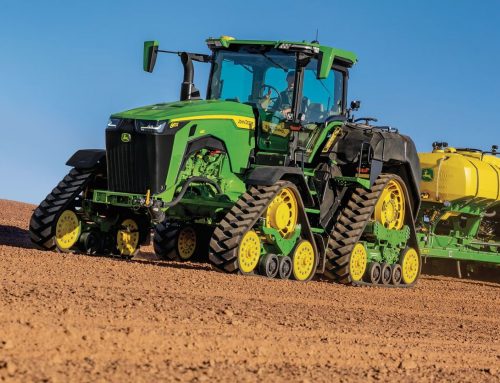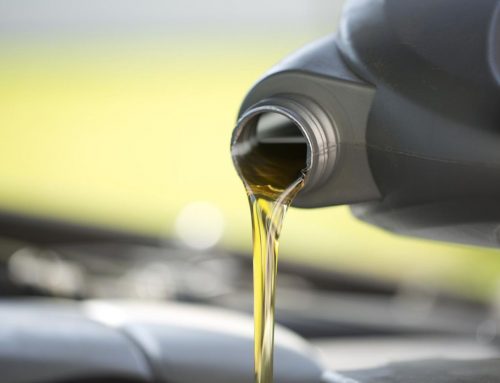Companies spend millions of dollars buying machines to make their operation easier, secure, and more productive. This crucial equipment can break down when the problem is not kept track of or corrected, thus, the costly downtime and a potentially much shorter functional design life of the tools.
Unlike humans, machines can not fix themselves. A failure machine will remain to go to failure if its signs and symptoms are not detected and treated in a timely way. Machine failure is not just an actual threat to efficiency it is also a serious security threat.
The failure of a bearing whose price may be just a few dollars can cause the catastrophic failure of the whole device– potentially costing countless dollars.

Similar to humans who should consistently check their well-being and interact undesirable signs to their physician for therapy, we also need to monitor the condition of crucial plants and take corrective activity before potentially catastrophic failure occurs.
Essential equipment can have sensors to detect, prevent, and reduce downtime by keeping track of prospective signs of impending failure. Examinations like excessive temperature, unusual vibration, and severe lots are constantly monitored. And alarm systems are transmitted to engineers to take corrective steps that may indicate uncommon results. Sometimes, special examinations need to be performed to do what sensing units can not, or to assist in diagnosing possible risks to capability.
It stated that prevention is much better than remedy’ and in this situation, being proactive in maintaining the machines, is better than being reactive to the failure, once it occurs. Hence the term– Preventative Upkeep.
So how do we reduce downtime in industrial operations, and most notably, how do we identify impending equipment failure– before it stops working?
Create a Preventative Upkeep Program.
Every factory and the important machine needs to have a Preventative Upkeep Program designed to ensure that all essential functions and efficiencies are monitored and actions are defined for times when conditions outside of the ‘normal’ operational condition are detected.
Condition Monitoring.
Condition Monitoring is one of the most vital tasks of any modern manufacturing facility. It is the key to lowering possible downtime and an essential part of the Preventative Maintenance process.
For this discussion, we will presume that the principles of plant functionality have been appropriately evaluated with a specific concentration on lubrication, potentially the most troublesome function in the maker and one of the most critical conditions to keep an eye on.

Use the best lubricant.
Practically, all relocating equipment parts call for lubrication to mainly decrease friction and heat and thereby prolong device life as much as feasible. It is an essential necessity that the best lubricant chosen for the equipment are appropriate and also which specs are the best possible to fulfill the machine makers’ requirements.
Costs and high-performance best lubricant are vital to devise integrity and actively add to minimized downtime and lost productivity.
Costs lubricating substances minimize rust and deterioration, decrease oxidation, minimize the development of sludge and varnish, deal prolonged life between oil modifications, reduce power usage, and aid in keeping the oil system and parts clean and operating to style.
Commonly the equipment maker (the OEM) will define oil change periods based on their experience and/or advise that oil modifications be based on oil conditions, as figured out by regular oil evaluations.





Leave A Comment